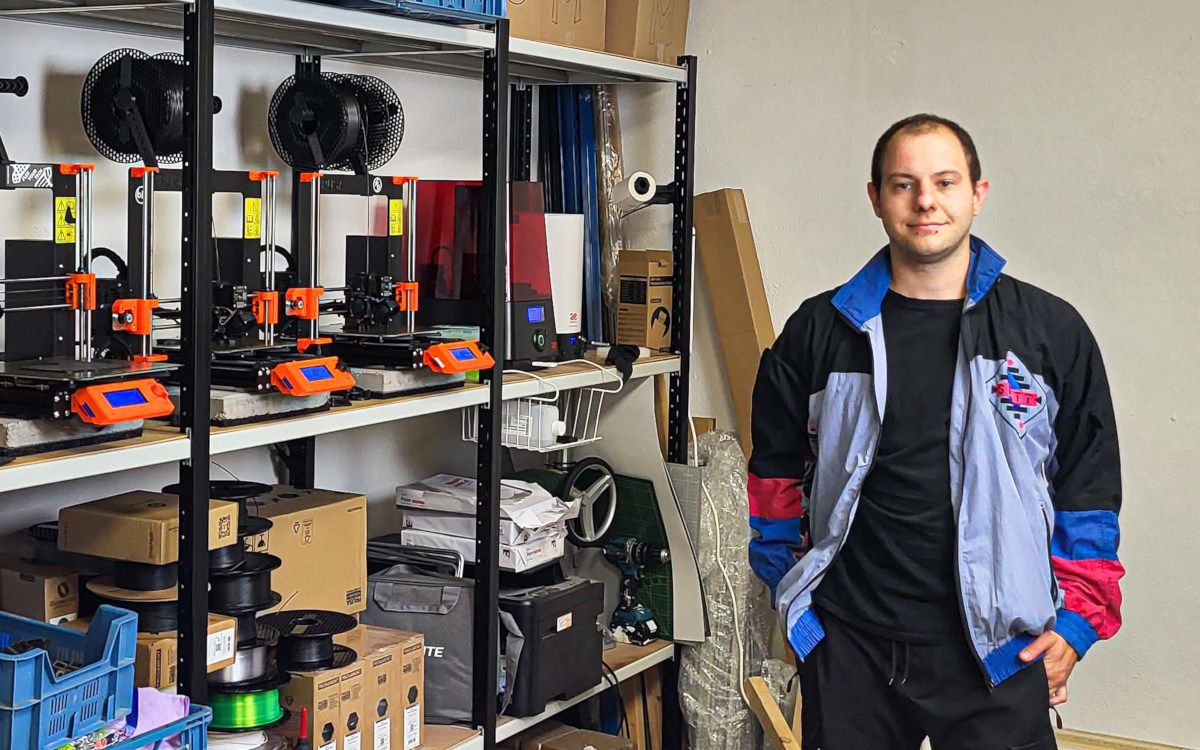

I’m kinda sad to see it enshittify, for gamers and for those who find it fits their actual collaboration use case, but I also really hate the number forum-format communities that Discord has displaced or prevented from coalescing. Discoverability on Discord is terrible, as is having help available long term, as well as older advice and other content that helps newbies get the culture of a community. Even where the functionality exists, the general “real time” transitory feel of it reduces the quality of content and encourages people to be dicks, since it will all scroll by or be forgotten (if streaming) in a few moments anyway.
Horses for courses, and my old-ass X-ennial self thinks Discord has been pressed into service on a lot of courses where it’s terrible.





“King Charles III” still sounds so weird to me. The last story I ran across with his name in it was about either Ireland or Scotland, I can’t remember which, and it took me longer than I care to admit to realize it wasn’t some sly Jacobite comment.